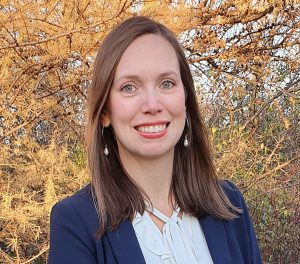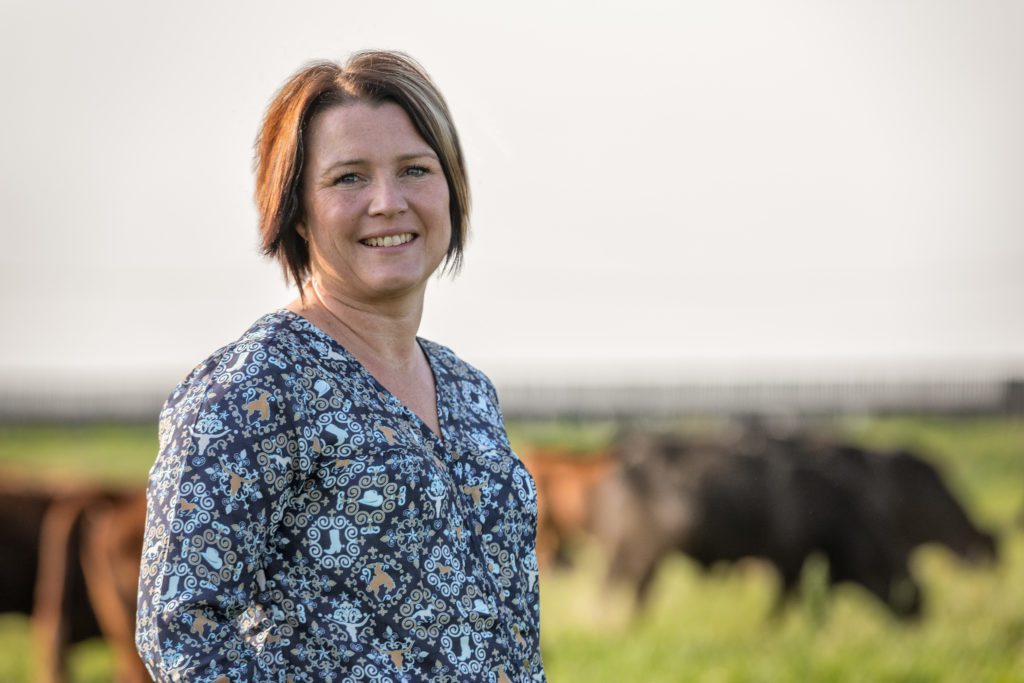On March 31, CRSB Council Directors Andrea Stroeve-Sawa and Kristine Tapley accompanied CRSB Executive Director Monica Hadarits to present to the Standing Committee on Agriculture and Agri-Food alongside industry partners, Ducks Unlimited Canada, the Canadian Forage and Grasslands Association and Fertilizer Canada, demonstrating the environmental contributions of the Canadian beef sector, including the sector’s role in providing climate change solutions.



The Standing Committee met to continue their Study of the Environmental Contribution of Agriculture (16:43:30) and the CRSB provided their opening remarks at 16:50:01. View a recording of the session. See the CRSB’s opening remarks below.
Good afternoon and thank you for the invitation and opportunity to participate in the standing committee’s study on the environmental contribution of agriculture. My name is Andrea Stroeve-Sawa and I am a beef producer from Taber, Alberta. I am also a Council Director for the Canadian Roundtable for Sustainable Beef (CRSB).
The CRSB is a multi-stakeholder organization focused on advancing sustainability in the Canadian beef sector. We bring together beef farmers and ranchers, processors, retail and food service companies, NGOs, food and agriculture businesses, academic institutes, and various levels of government. We believe collaborative and outcome-based approaches to addressing challenges and opportunities in the food system are imperative to making meaningful progress.
Canada is a global leader in sustainable beef production. In 2016, Deloitte LLC completed a benchmarking study to help us understand the social, economic, and environmental performance of Canadian beef, from farm to fork. The study found that Canadian beef has one of the lowest greenhouse gas footprints in the world – less than half the world average— and accounts for just 2.4% of Canada’s total greenhouse gas emissions. In addition,
“ beef producers manage 34 million acres of grasslands, a globally endangered ecosystem, with less than 20% remaining intact. Those grasslands store 1.5 billion tonnes of carbon, sequester the equivalent of 3.6 million cars worth of additional carbon emissions per year, and are home to over 60 species-at-risk. “
The sector has reduced its greenhouse gas intensity per kilogram of beef by 14% over the past 30 years, and has set ambitious goals for 2030. These goals include, but are not limited to;
- reducing greenhouse gas intensity by a further 33%
- sequestering an additional 3.4 million tonnes of carbon per year
- maintaining the 34 million acres of grasslands in the care of beef producers
A recent scientific study led by Nature United[1] assessed natural climate solutions and showed that avoided grassland conversion represents one of the largest climate change mitigation opportunities in Canada. We also need to collectively invest in long-term research and enable innovations that help the sector reduce its greenhouse gas footprint. For example, Agriculture and Agri-Food Canada researchers have demonstrated that a product called 3NOP can reduce methane emissions by up to 70-80% in feedlot cattle. This product has been approved for use in the European Union, Brazil and Chile, but has not been approved for use in Canadian cattle. We need to have timely approvals and access to these types of technologies to help achieve our goals.
In 2017, the CRSB launched the first outcome-based certification program for beef sustainability in the world. We are very proud of this achievement. The certification includes requirements for environmental management, including grasslands, tame pastures, and soil health. But one thing that sets the program apart from other certification programs in the world is the comprehensive, systems view we take on sustainability. For example, we also include requirements around people and the community, animal health and welfare, food safety, and efficiency and innovation. The program has grown substantially in the past few years, with 17% of the cattle herd now being raised on CRSB certified sustainable farms and ranches, and eight retail and food service companies sourcing beef through the program. A paper by Haugen-Kozyra in 2021[2] highlighted how this credible and robust program can be used as a model in other jurisdictions.
Food loss and waste in Canada is a huge problem in that 58% of food is lost or wasted annually, and that means all the resources used to grow and produce that food are also wasted. Cattle have a unique ability to combat food loss and waste by upcycling products that are not suitable for human consumption. This includes;
- crops damaged by weather or pests
- by-products of manufacturing, and
- produce that does not meet retail standards for appearance.
In addition, manure produced by cattle provides natural fertilizer for cropland.
In our work, we have learned that it is important to understand the Canadian context and develop solutions through collaborative processes. The Canadian beef sector is a key partner in achieving Canada’s environmental goals and we look forward to continuing to lead the world in sustainable beef production.
[1] https://www.science.org/doi/10.1126/sciadv.abd6034
[2] https://academic.oup.com/af/article/11/4/17/6364966?login=true
